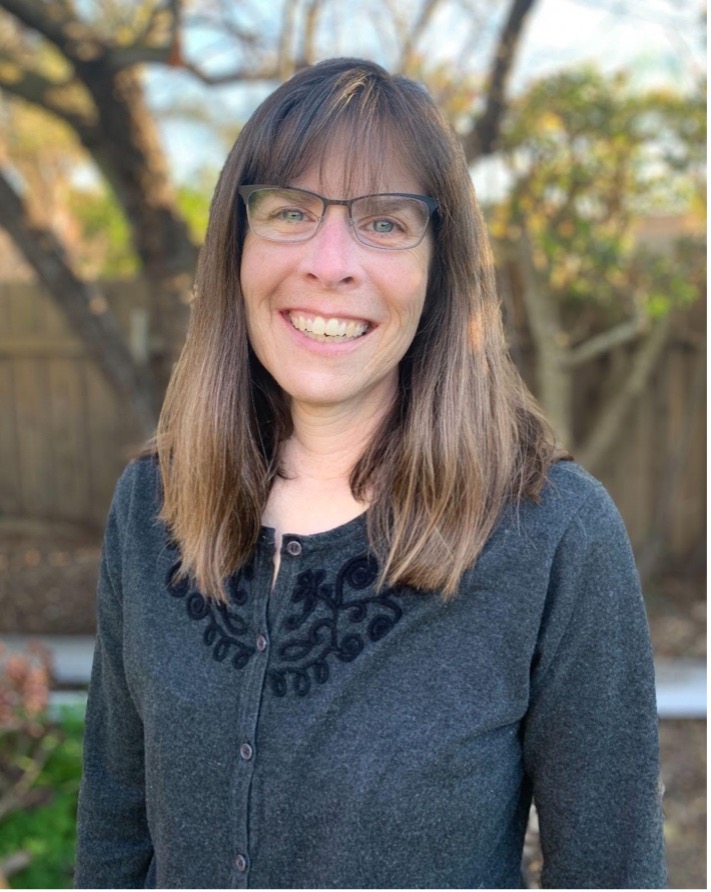News Date:
Content:
UC Santa Barbara Feminist Studies Professor Laury Oaks spoke recently at the event, “A World Without Roe: Abortion Politics in a Dystopian Society,” organized by Students for Reproductive Justice. The event aimed to create a safe space where students could discuss abortion politics and accessibility after the Supreme Court’s controversial 2022 Dobbs decision that reversed Roe v Wade.
Oaks has been teaching at UCSB for over a decade. In her “A World Without Roe” talk, she emphasized the importance of practicing “creative resistance” in these confusing and challenging times. She said creative resistance covers several aspects of how reproductive justice scholar activists are approaching what we call the ‘Dobbs Era,’ knowing that there are additional streams of necessary organizing.
Student organizations gathered to table the event, providing free sexual health resources such as Plan B, condoms, personal safety alarms, voting resources—and pizza. After her talk, Oaks sat down for an interview about her experience as an activist, and to discuss the challenges for feminism in this uncertain era.

Professor Laury Oaks
Q: Was there a distinct moment that sparked your passion for feminism or did it happen gradually over time?
A: The memory I have is from when I was very young, around six. I was living in Michigan with my family and my mother was gathering signatures in our neighborhood for the Equal Rights Amendment– which didn't pass. So, I think that my earliest sense was really from my mother taking that action.
When I was a teenager learning about the 1960s civil rights movements, I kept saying to my mother in a very critical tone, “Why weren't you out there in the streets protesting? Why weren't you doing something?” And she said, “Well, I was raising two little girls and going to work and trying to keep everything together.”
I really romanticized the 1960s civil rights movement and the sense of social protest and upheaval and the promise of social change. Maybe it goes back to knowing that even my mother, who was a white middle-class woman, was willing to try to do something for that kind of change.
Q: In your talk “A World Without Roe,” you mentioned that we must practice creative resistance. What is creative resistance and what are some ways that youth can practice this?
A: There are a number of definitions for creative resistance. When I am thinking about it, I am trying to think about using strategies that are trauma-informed, that have to do with healing, that have to do with self-care. Because it's hard to be activists. It's hard to be any age, but particularly to be young, in these times, because the future looks so precarious.
My idea about creative resistance is resisting the normalization of the chaos, resisting that there are only certain discourses, policies, practices, or candidates to vote for. Trying to work around these regulations in order to do trauma-informed work can be sustaining and inspiring, but also stimulating through creative demonstrations such as art activism.
Q: Many scholars assert that we currently reside in the fourth wave of feminism. What do you think makes this period of time different and unique?
A: Lots of things have changed. Going back to this idea of chaos and mass uncertainty, I know that many scholars and policymakers are looking to social media as a main problem. I do not think that it is the originating problem, and I also wouldn't say that it is the social problem. It's about precarity at large. It's about students normalizing gun violence in their schools. It's the COVID epidemic, but even it's the mental health challenges that predate the COVID epidemic. It's all the ongoing inequalities that happen in a white patriarchal society.
Students are having to deal with the cognitive dissonance: constantly figuring out their own day-to-day lives while knowing that it's unfair, that their lives are constrained by racism, sexism. I'm really glad that students have such sensitivity and awareness of what's going on in the world.

Q: What are you currently working on? You mentioned a possible alternative to period tracker apps in your talk. Do you want to talk more about that?
A: There are things called cycle beads that have three different colors of beads on either a bracelet or on beads that go around your waist and there is a charm that you move around each bead. The beads represent however many days the monthly cycle is. You move the bead over one day per week and then you can track where in the cycle you are– so you'll know when the more safer sex days are.
It's something that's been trademarked and used in global health projects, mainly Catholic-run ones, so it's affiliated with natural family planning. But I am trying to use some of the tools of anti-abortion natural family planning ideologies and philosophies, to use creative resistance with them to use those resources for feminist purposes.
So that's part of that creative resistance: to take what's already there and rework it, kind of turn it around.
Q: What do you think is currently the biggest problem within feminist communities?
A: I would say balancing the everyday with trying to envision a communal-based future. I would say it has to do with what we all have to do, not just feminists, but anyone living within a capitalist neoliberal society having to form community, and mutual aid within that context because of housing insecurity or food insecurity. We have to rely on other people, but we're socialized in our society to be neoliberal subjects and not rely on others. So then within that there’s a lot of work to do: being trauma-informed, healing from all the violence – symbolic violence and physical violence, trying to heal from mental health illnesses or pressures. I would say all of that is part of what is challenging in feminism.
Emily McCready is a fourth-year UCSB student, majoring in Sociology. She conducted this interview and covered this talk for her Writing Program course Digital Journalism.






